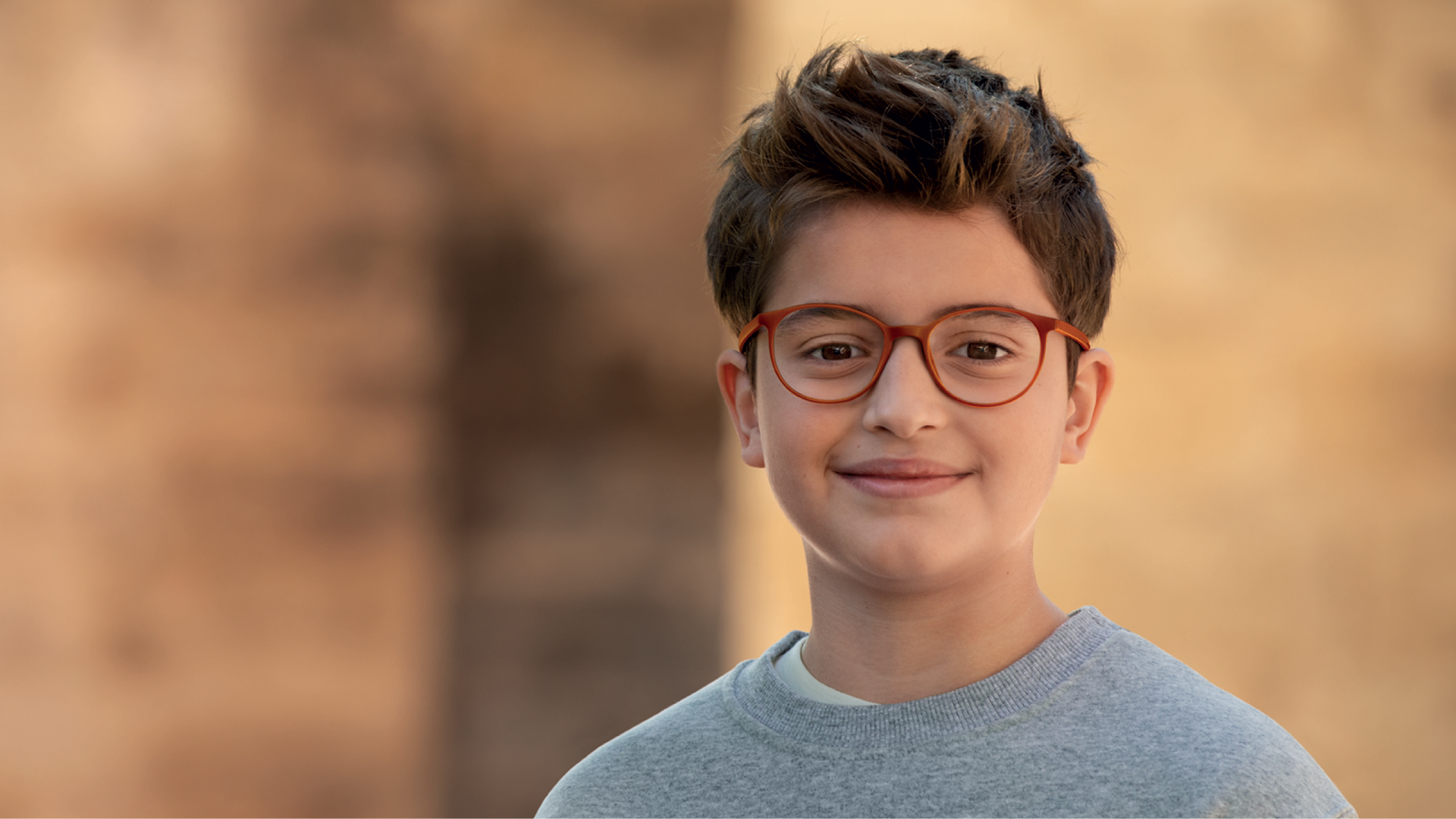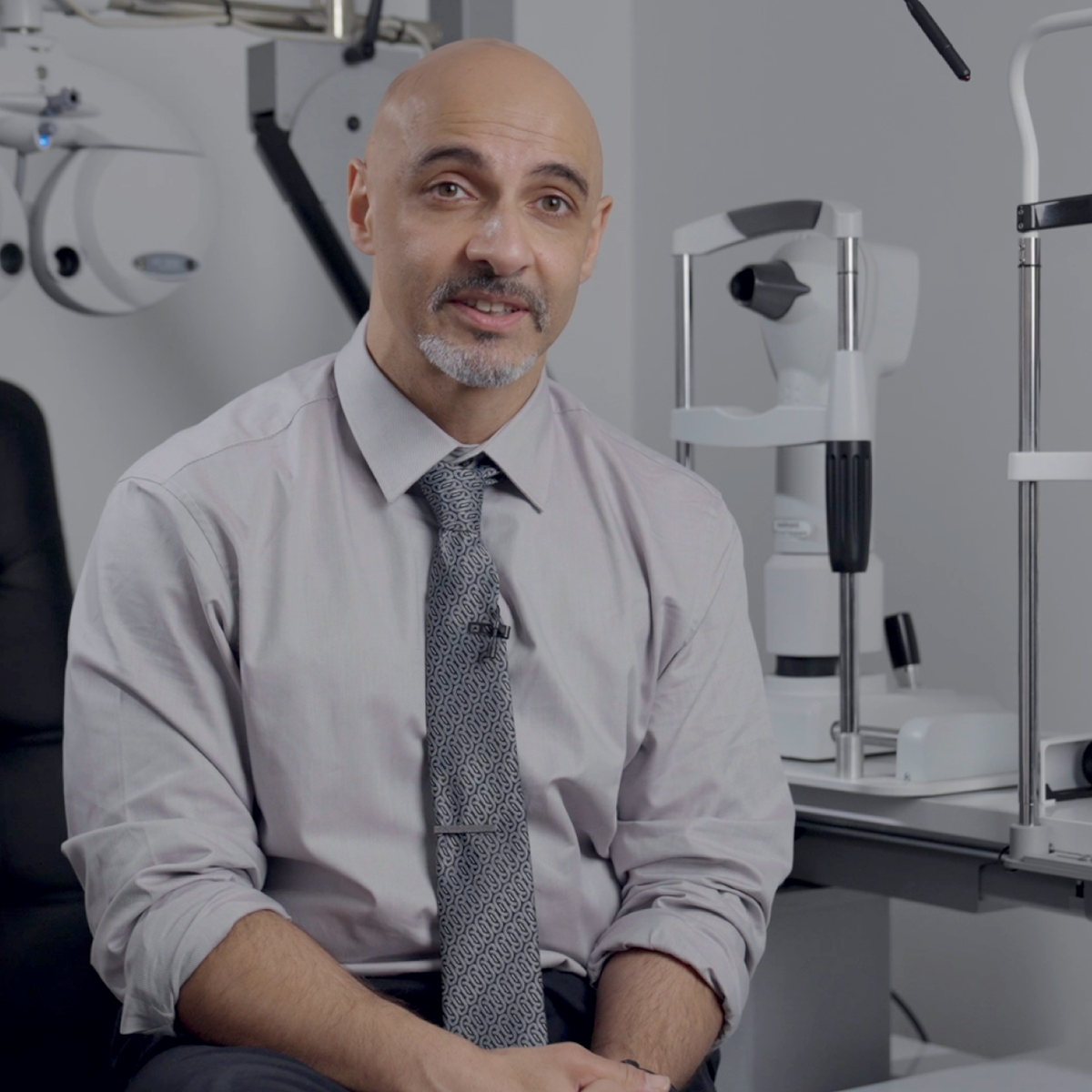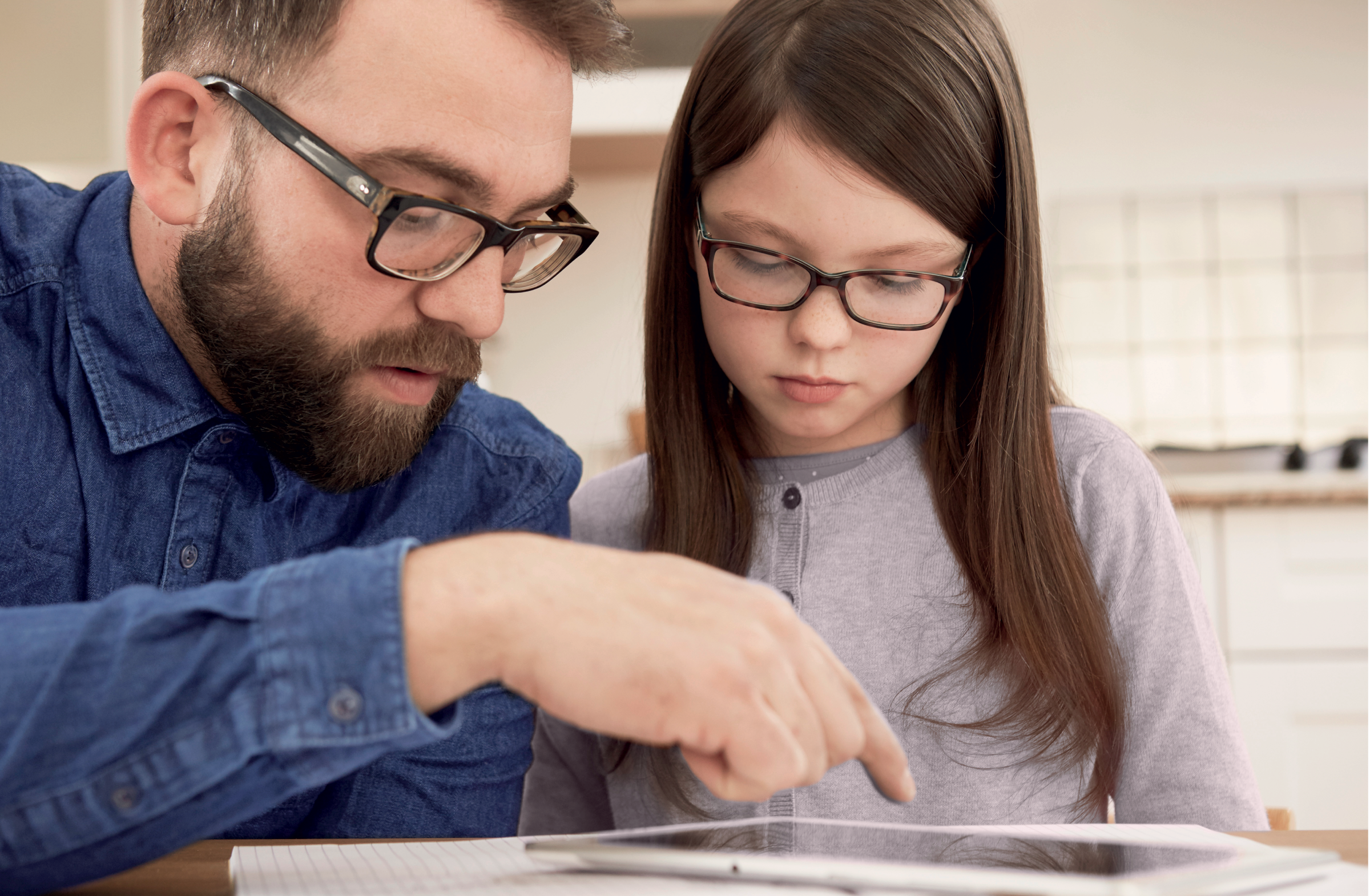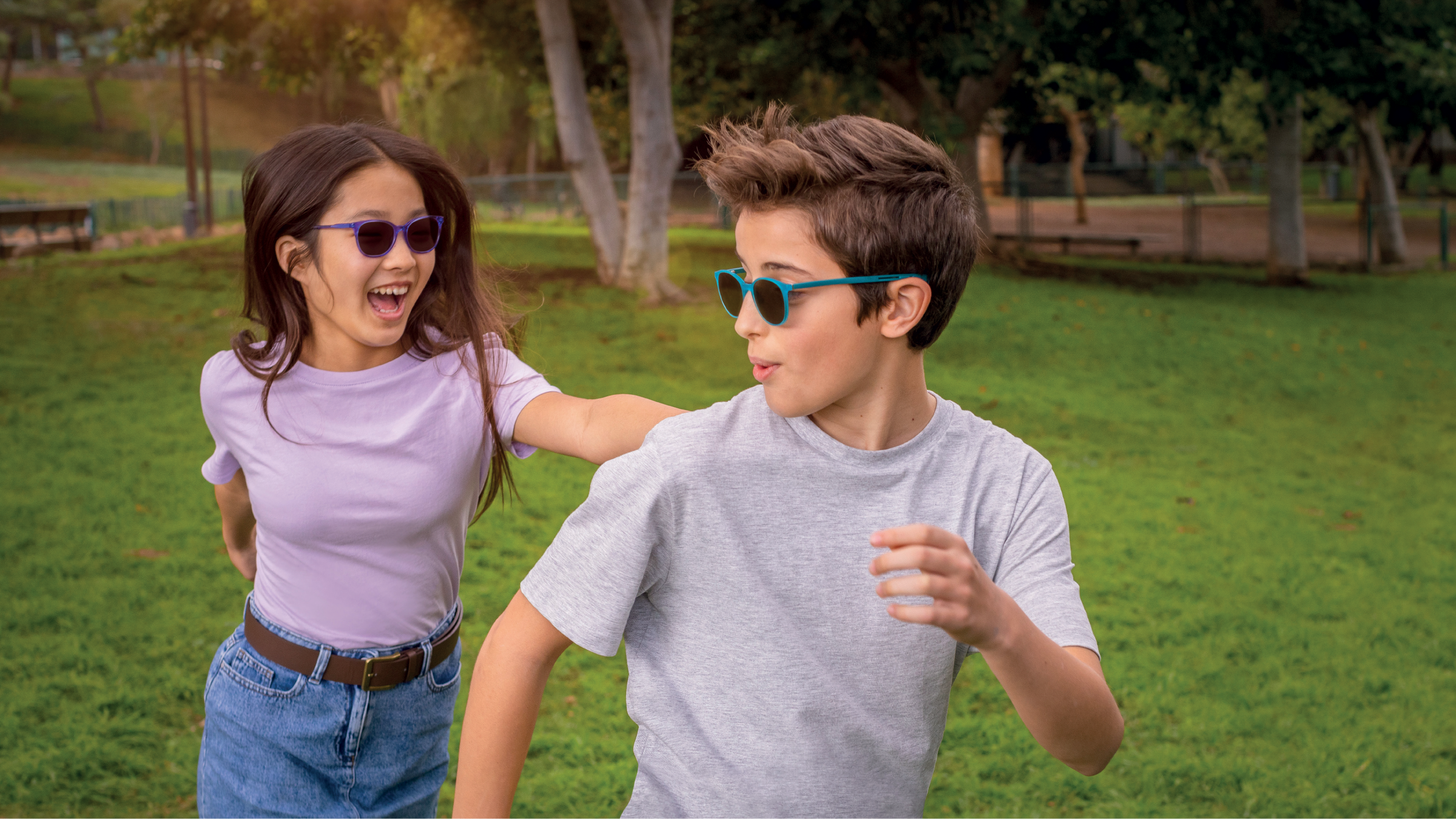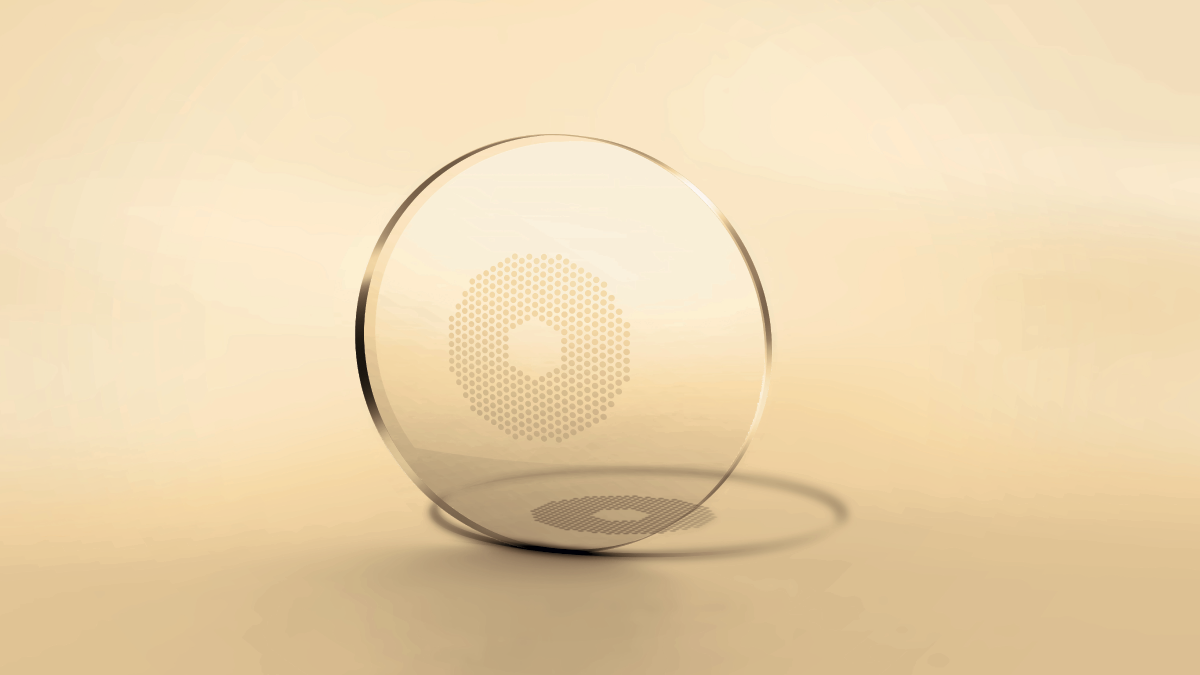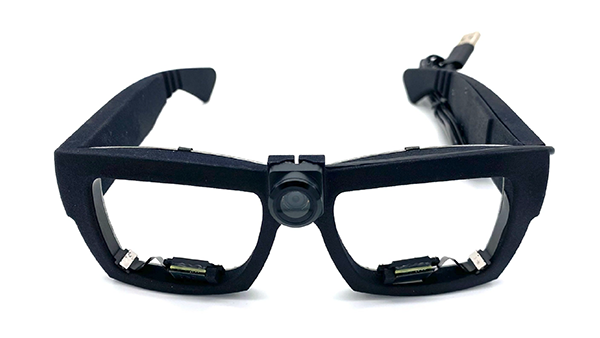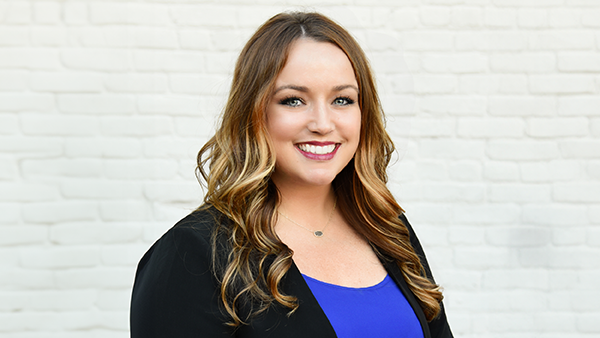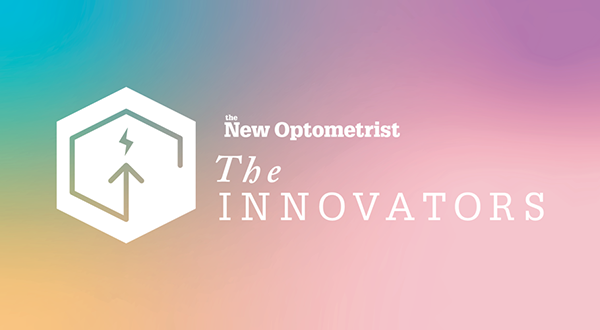Managing Myopia the MiYOSMART Way
How MiYOSMART spectacle lenses effectively treat myopia in children – and can boost your practice’s business and reputation
Faisal Bashir, independent prescribing optometrist at Ellis Bass Optometrists, and Morven Campbell, optometrist and dispensing optician at Iris Blue Optical, both started using MiYOSMART spectacle lenses at their practices as soon as they became available in the UK, in April 2021. Here, they tell The New Optometrist why they choose MiYOSMART for myopia management in children.
What distinguishes MiYOSMART from other options on the market?
FB: The MiYOSMART lens is available as a photochromatic (MiYOSMART Chameleon) and polarised sunglass option (MiYOSMART Sunbird). Often children who wear MiYOSMART need prescription sunglasses, especially as we encourage them to spend more time outdoors for their myopia, so this versatility is great.
In terms of aesthetics, the lens looks virtually the same as a high-index single vision lens; it’s difficult for patients to see any difference. MiYOSMART’s polycarbonate material is ideal for impact resistance too. And we have not seen any tolerance issues related to it.
MC: Customers expect that the lenslets (the little areas on the lens that do the work of slowing myopia) are going to be very visible, but they are not. Children can be sensitive about looking different, but when they and their parents see that MiYOSMART lenses look the same as normal lenses, they’re really happy about that.
Do you have an example of when the lenses have been particularly successful?
MC: One young girl I saw had a prescription of -1.00 in March 2019. But when I saw her again, after the first COVID-19 lockdown in September 2020, her prescription was -2.50. MiYOSMART wasn’t available to me at that point, and six months later the patient was at -3.0. Fortunately, in 2021 I was able to put her in MiYOSMART lenses, and she’s now at -3.25. So, whereas her prescription between March 2019 and March 2021 changed by a 2 diopters, in the last three years, with MiYOSMART, it has changed by just 0.25.
FB: In my experience, the majority of children wearing MiYOSMART have been completely stable or shown very little change. I recently saw an 11-year-old girl who has quite aggressive myopia. She started wearing MiYOSMART when she was nine; at the time her prescription was RE: -4.50 and LE: -5.25, changing on average -1.00D per year. Two years later, wearing MiYOSMART, she is now only RE: -4.75 and LE -5.50. We have many cases like this, and parents are over the moon!
What clinical evidence do you draw on to support your use of MiYOSMART?
FB: There are many MiYOSMART studies to draw from. The pre-launch Defocus Incorporated Multiple Segments (DIMS) study, for example – regarding myopia progression and axial length growth – is the longest study for all myopia management spectacle lenses (1, 2).
MC: Because MiYOSMART lenses were the first of their type on the market, there is a huge amount of good-quality, peer-reviewed evidence out there. The main follow-up clinical study into MiYSOSMART has been running for over six years now, showing continued effectiveness with no rebound effect (1, 2). What’s more, they’ve been successfully trialled in the UK, as well as in the Far East, which not many others can say (3).
How has using MiYOSMART helped with your business aims?
FB: We have always been a child friendly practice. We take a strong interest in myopia control and MiYOSMART is an excellent tool in our armoury. Along with Ortho-K and soft contact lenses, MiYOSMART has helped establish us in the area as the practice to visit for myopia control. We have a loyal patient base with plenty of repeat business, and many referrals from local practices that do not offer myopia control. And, invariably, the children’s parents end up as our clients too!
What advice would you give to other eye care professionals about MiYOSMART?
MC: The main thing is not to be scared of it. MiYOSMART is easy to use and easy to fit. My advice would be, think about your communication skills. It’s not just about saying to patients, “Here’s a new pair of glasses, now you can now see!” Rather, it’s about slowing down the increase in myopia and reducing risk. With this treatment, when the child reaches adulthood, they’re much less likely to have myopia-related conditions such as retinal detachments and glaucoma and all those things that could have a huge impact on their lives.
FB: I would say, “Do not hesitate – go for it!” As well as MiYOSMART providing a profitable stream of income, it feels great that you’re doing something for children to help reduce the risk of eye disease in later life. And if you don’t offer MiYOSMART, you risk losing patients to practices that do offer it.
MiYOSMART spectacle lenses are available to accredited eye care professionals via your local HOYA representative. Click Here to learn more about MiYOSMART or Get Accredited.
References
- Lam CSY et al., “Defocus Incorporated Multiple Segments (DIMS) spectacle lenses slow myopia progression: a 2-year randomized clinical trial,” Br J Ophthalmol., 104, 363-368 (2020). PMID: 31142465.
- Lam, C.S.Y., Tang, W.C., Zhang, H.Y. et al. Long-term myopia control effect and safety in children wearing DIMS spectacle lenses for 6 years. Sci Rep 13, 5475 (2023). doi.org/10.1038/s41598-023-32700-7
- McCullough S, Barr, H, Fulton, J, et al. 2-Year Multi-Site Observational Study of MiYOSMART myopia control spectacle lenses in UK children:1-year results (Abstract). ARVO 2023; 23-27 April 2023; New Orleans, LA, USA.
The New Optometrist Newsletter
Permission Statement
By opting-in, you agree to receive email communications from The New Optometrist. You will stay up-to-date with optometry content, news, events and sponsors information.
You can view our privacy policy here
Most Popular
Sign up to The New Optometrist Updates
Permission Statement
By opting-in, you agree to receive email communications from The New Optometrist. You will stay up-to-date with optometry content, news, events and sponsors information.
You can view our privacy policy here
Sign up to The New Optometrist Updates
Permission Statement
By opting-in, you agree to receive email communications from The New Optometrist. You will stay up-to-date with optometry content, news, events and sponsors information.
You can view our privacy policy here
